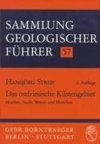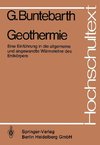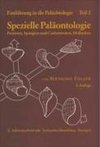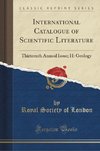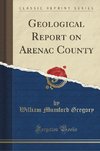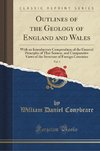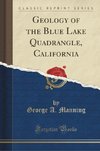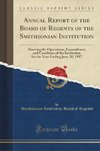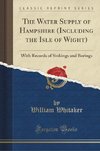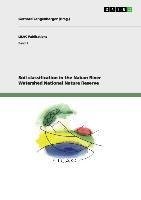
-
 Anglický jazyk
Anglický jazyk
Soil classification in the Naban River Watershed National Nature Reserve
Autor: Maria Wolff
Document from the year 2010 in the subject Geography / Earth Science - Geology, Mineralogy, Soil Science, Dresden Technical University (Institute of Soil Science and Site Ecology), course: -, language: English, abstract: Soil properties are not only influenced... Viac o knihe
Na objednávku
23.13 €
bežná cena: 25.70 €
O knihe
Document from the year 2010 in the subject Geography / Earth Science - Geology, Mineralogy, Soil Science, Dresden Technical University (Institute of Soil Science and Site Ecology), course: -, language: English, abstract: Soil properties are not only influenced by geographical factors, such as parent material, location and latitude. Often differences in land uses (forest, rubber plantation, paddy field, bare land) are known to have specific effects on soil properties. In the context of the project Living Landscapes China (LILAC) these effects were evaluated and the characteristics of soil types under changing conditions in two transects (altitude and parent material in transect 1, land uses in transect 2) in the Naban River Watershed National Nature Reserve were classified. We used field investigations to classify the soil types, as well as laboratory analyses to quantify specific characteristics in samples, taken from the profiles. Soil physical (bulk density, water content, texture) and chemical parameters (total contents of carbon, nitrogen and macro nutrients, ECEC) were investigated.
While differences in altitude did not seem to have profound influences on the soils, effects of land uses were pronounced especially in the first 10 to 20 cm of soil profiles. Soils under forests contain between 1.3 % - 2 % SOC and 0.15 % - 0.17 % TN in the Ah horizon. With contents of 1.2 % SOC and 0.11 % TN (Ah horizon) the profile under agricultural use (paddy rice) clearly contains less SOC and TN than the forest profiles. Fertilization also seemed to have an influence resulting in higher contents of Ca (6 - 12 times) and Mg (up to 4 times) for the topsoil as well as a higher effective CEC (7.9 - 9.3 cmolc/kg) for subsoil horizons of the paddy field compared to forest and rubber sites. The profile under bare land (transect 1) showed higher leaching of nutrients due to the missing soil cover. Thus, Al and Fe contents were enriched, while the effective CEC (5.1 cmolc/kg) was reduced and dominated by Al (> 80 %) compared to the other profiles. Differences between forest sites and the rubber stand (>25 years) were less obvious.
- Vydavateľstvo: GRIN Verlag
- Rok vydania: 2010
- Formát: Paperback
- Rozmer: 210 x 148 mm
- Jazyk: Anglický jazyk
- ISBN: 9783640700134
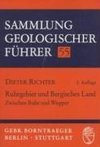
 Nemecký jazyk
Nemecký jazyk 
